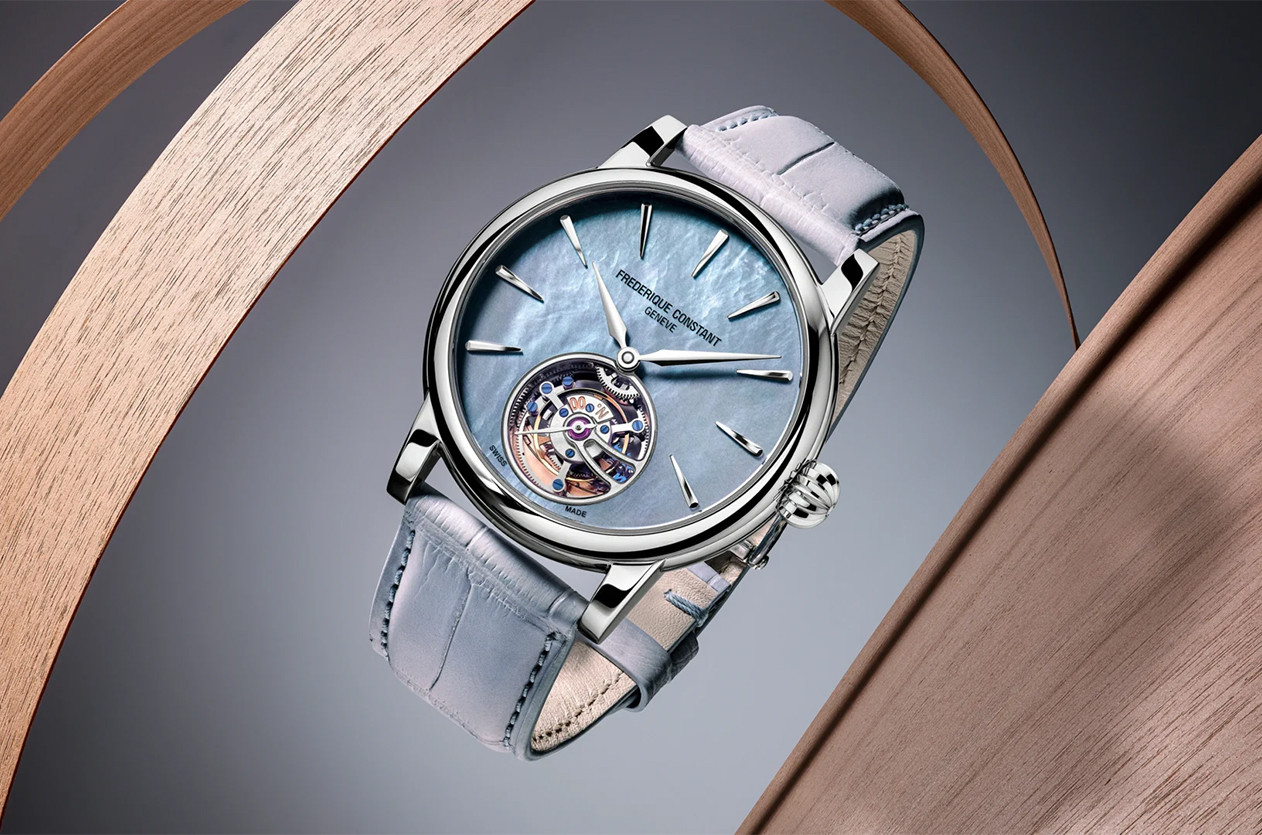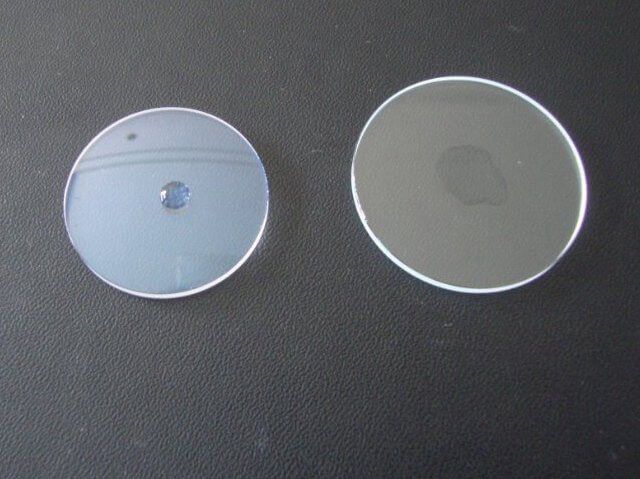
Introducing The New Frédérique Constant Classic Tourbillon Manufacture
Welcome to the hub of the horoloy

Glass is one of the most important components of a watch as it protects the dial and movement. Three categories of watch glass exist: Acrylic Glass, Mineral Glass, and Sapphire Crystal, each accompanied by its own array of advantages and disadvantages.
 |
Hesalite glass, the most economical option among the three, was widely used up to the 1980s. This type of glass is actually plastic, making it flexible, transparent, and lightweight. It is difficult to break but prone to scratches. Fortunately, these scratches can be easily buffed out. Watchmakers typically use acrylic glass to make affordable watches, especially children's timepieces.
The drawbacks of acrylic glass have led many manufacturers to shift to Mineral Glass. It ranks 5 out of 10 on the Mohs hardness scale and is also used in glass windows. It undergoes a hardening process involving heat and a coating, which makes mineral glass more resistant to scratches and impacts than acrylic glass. However, under extreme hot and cold conditions, mineral glass may crack or shatter.
The third and most desirable glass type is Sapphire Crystal. Its exceptional resistance and clarity make it an excellent choice for premium watches. Sapphire rates 9 out of 10 on the Mohs hardness scale, making it the second hardest substance on Earth. It is believed that only diamond and other sapphires can scratch sapphire. In the watch industry, synthetic sapphire is commonly used, constructed from crystallized aluminum oxide. Synthetic sapphire is colorless but possesses the same physical attributes as natural sapphire. Despite its toughness, sapphire crystal requires delicate work during milling and cutting. Therefore, if you desire the best scratch-proof watch face, you should opt for sapphire crystal.
How to Differentiate the Different Types of Watch Crystal?
When you purchase a watch from reputable shops and brands, they typically provide clear information about the type of watch glass the watch features. However, it's not always easy to access such high-standard support. If you're curious to determine the glass type on your watch, here are some tips:
Acrylic glass is distinct from mineral glass or sapphire crystal due to its plastic nature. You can feel the difference when you touch it to your cheek. Acrylic glass is usually warm, while mineral glass or sapphire crystal feels cold.
Distinguishing mineral glass from sapphire crystal is challenging with the naked eye. Attempting to scratch the glass with a knife is not recommended, especially if your watch has a mineral glass face, as it won't withstand sharp objects.
 |
Watch experts often employ two tricks. First, you can test by placing a drop of water on the glass. If the water remains in a droplet shape, it is likely sapphire crystal. On mineral glass, the water will flow and spread. Second, you can perform a sound test by tapping your fingernail on the glass. A solid and low-toned sound indicates sapphire crystal, while a high-toned sound suggests mineral glass.
The watch glass serves a crucial role in safeguarding the timepiece, and each of its three variants comes with distinct advantages and drawbacks. Hesalite glass, being the more economical option, is susceptible to easy scratching. In contrast, mineral glass offers enhanced clarity, improved scratch resistance, but is prone to breakage. The pricier sapphire crystal stands out as the superior choice, attributed to its sophisticated manufacturing process. This process demands mastery of advanced techniques, explaining its exclusive usage in luxury watches.

Introducing URWERK Unveils Its Latest Creation: The UR-150 Scorpion

Editorial De Bethune, Pioneering Innovation Through Time

Introducing Daniel Roth Unveils New Tourbillon Souscription

Auction F.P. Journe Wins the Battle for a Breguet Legend

Introducing The S3 Deadbeat Seconds Power Reserve from Garrick

Editorial U.S. Tariffs and the Dollar Rate, A New Challenge for the Swiss Watch Industry

News Dubai Watch Week 2025 Will Be the Largest Ever with 90 Brands Participating

Auction Phillips Achieves CHF 43.4 Million at the Geneva Watch Auction XXI

Technical The Frequency, Why It Matters in Mechanical Watches

Editorial Exploring the Distinctive Charm of Regulator Watches

Summary Manuel Emch, Waqt’s Personality of the Year 2024
Comment Delete Text
This page is available in English only. Please click below to visit Arabic Home page!